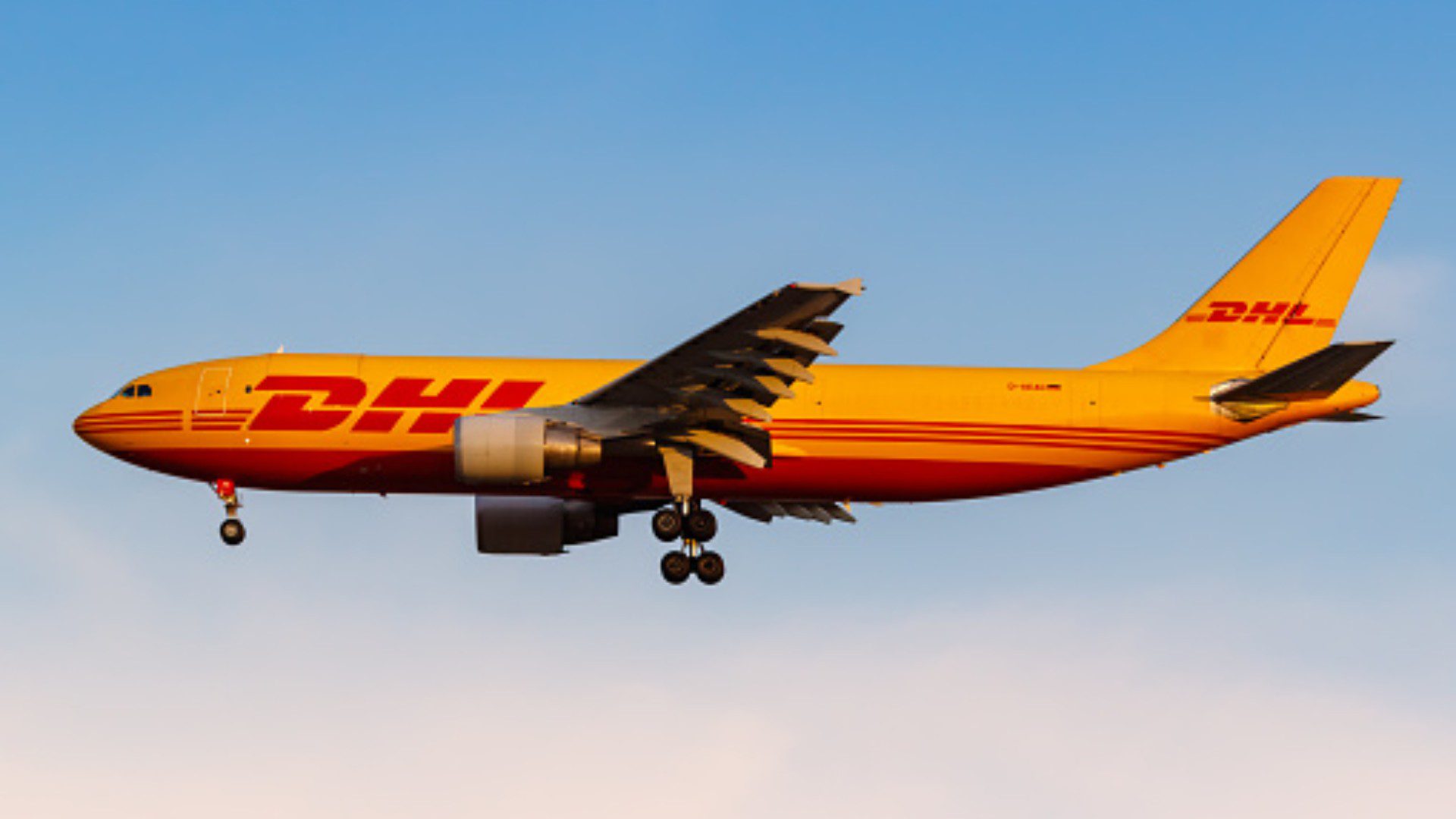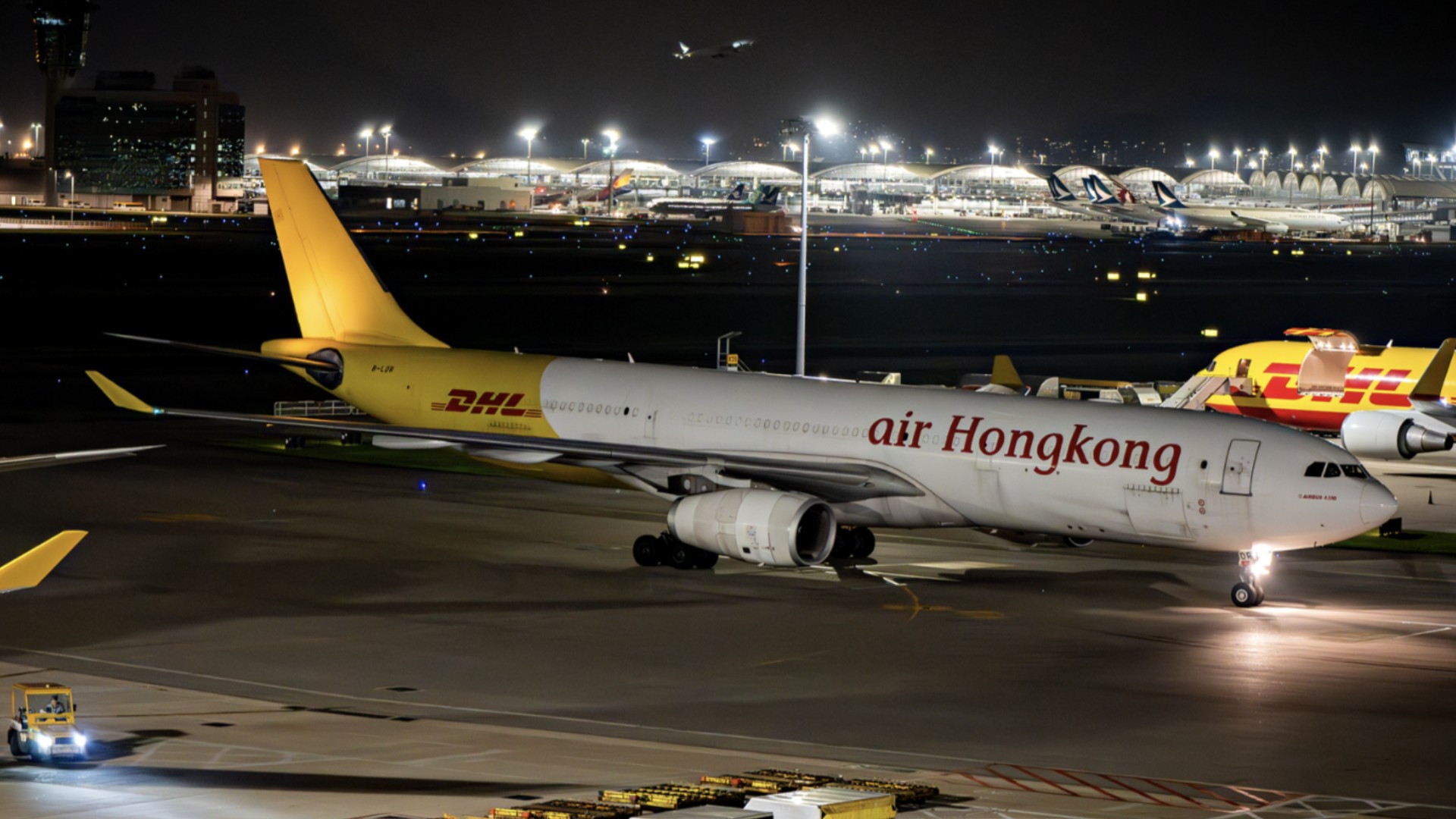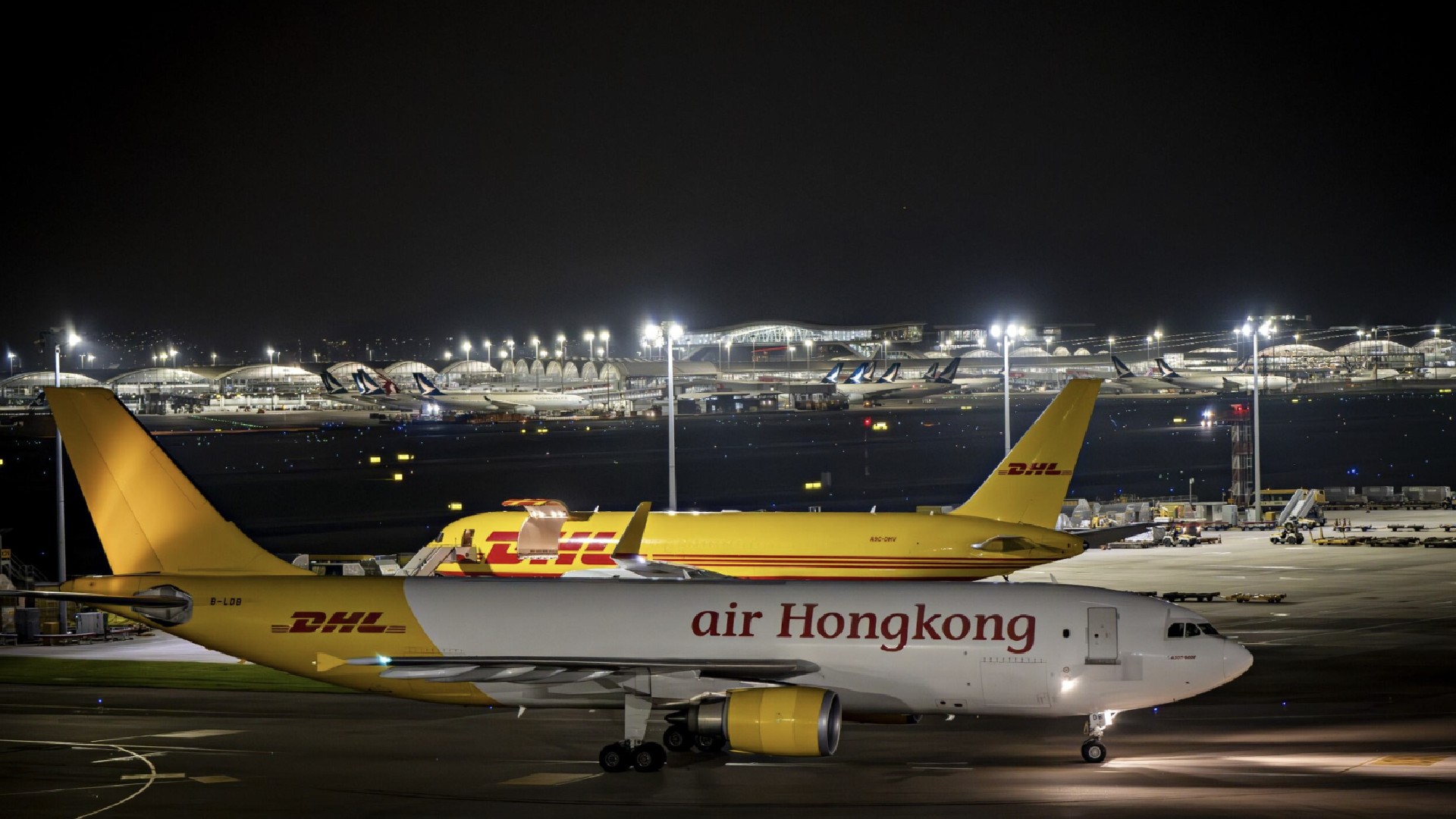
DHL Express has completed the modernization of its Air Hong Kong-operated fleet, swapping out aging A300 aircraft with new A330 freighters—a move designed to deliver greater capacity, improved reliability, and a smaller carbon footprint. The refleeting project marks a major milestone for DHL’s aviation network in Asia Pacific and supports the company’s broader goals under Strategy 2030.
"The A300 served us well for many years. But the A330 freighters offer greater fuel efficiency, operational reliability, and around four additional tons of cargo capacity per flight. That’s a game changer for our network."
Mike Edmunds, VP of Network Planning and Control at DHL Express.


Compared with the A300-600F, the A330F delivers significant enhancements: it’s more fuel efficient, offers 25% more payload capacity
and boasts a longer range of up to 7,400 kilometers.
The A330 aircraft, a mix of passenger-to-freighter conversions and factory-built freighters, are already in service across the region. They replace older models that were becoming increasingly difficult to maintain due to limited technical support.
Nearly Decard in the Making
DHL first signed the A330 conversion agreement in July 2016 with EFW and ST Engineering. Fast forward to June 2025, and the 14th and final aircraft of the program is ready for take-off.”The team showed tremendous agility throughout, especially during COVID-19 disruptions,” said Teresa Kwan, VP Aviation Asia Pacific. “Managing tight timelines and meeting milestones took a coordinated effort across multiple teams.”

Built for growth
The benefits of the A330 fleet go beyond just extra space. They’re more fuel efficient, easier to maintain, and better suited for the evolving demands of intra-Asia and intercontinental logistics.
“The added capacity gives us more flexibility to support growing shipment volumes across Asia Pacific,” said Kwan. “And the newer aircraft mean fewer delays and stronger service reliability.”







 English
English